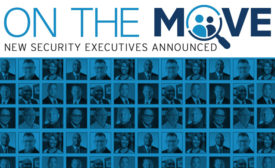Management
April 2020: Security Executives on the Move
Security executives on the move! Which industry leaders have recently begun new roles?
April 2, 2020
The Global Security Team at Boston Scientific: Individually Strong, Collectively Powerful
A best-in-class enterprise security team at Boston Scientific.
April 1, 2020
Sign-up to receive top management & result-driven techniques in the industry.
Join over 20,000+ industry leaders who receive our premium content.
SIGN UP TODAY!Copyright ©2024. All Rights Reserved BNP Media.
Design, CMS, Hosting & Web Development :: ePublishing


















